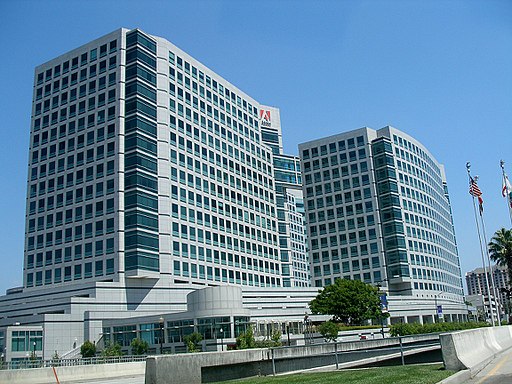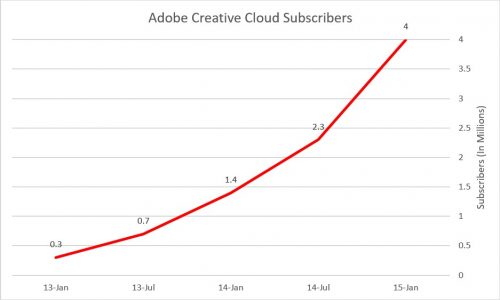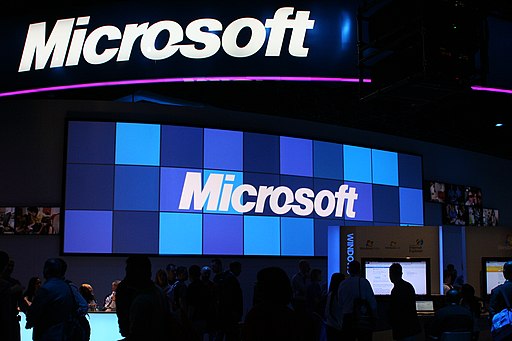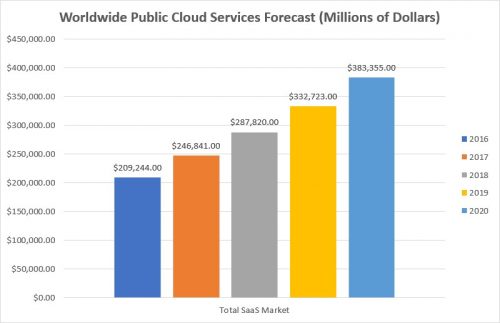Today’s global software-as-a-service (SaaS) industry generates about $209 billion in revenue but when did SaaS start? The core concept of online service applications, however, began in 1961 by a computing pioneer better known as a founding father of artificial intelligence: John McCarthy.
When Did SaaS Start?
Researching at MIT, McCarthy officially unveiled the idea at MIT’s centennial in 1961, foreshadowing the future of cloud-based services:
“If computers of the kind I have advocated become the computers of the future, then computing may someday be organized as a public utility just as the telephone system. The computer utility could become the basis of a new and important industry.”
IBM offered rudimentary cloud services in the ’60s, but the trend failed to catch fire until the late ‘90s.
Startups like USI, Futurelink Corporation, and Salesforce recognized significant benefits from service models, but it provided enormous challenges for established retail software giants, requiring new infrastructure, accounting models, customer relationship management, and more.
However, many leaders of today’s SaaS industry are former retail software giants. How did they survive while others failed?
To find out, we looked at three leading pre-SaaS software providers that made the jump.

Intuit Paved the Way for SaaS Financial Model
Intuit founded one of the oldest still-used software packages today—Quickbooks— in 1983, for DOS. Its success can be attributed to the company’s ability to adapt to major technological shifts in the computer age.
The enterprise software provider isn’t a SaaS newcomer, though. After bringing the industry-leading TurboTax to the Cloud, the company released Quickbooks Online in the early aughts.
It wasn’t until a company-wide shift to SaaS products, the purchase of the personal finance application Mint, and two major Quickbooks Online product updates to see the accounting software’s adoption rise.
What made it successful?
It has to do with generally accepted accounting principles that dominated early software development.
Ordinarily, developers built software as products, meaning they’re designed specifically to derive revenues from one-time sales. This approach leads to some less-than ideal incentives for software development, including lengthy development periods that produced rigid products with limited post-release support.
The alternative Intuit pursued is known as ratable accounting, which shows revenue accrued for services—not physical or digital products—over a longer stretch of time. In developing a software service, they released a more initially limited offering and gave ongoing support and enhancements over the product’s lifespan.
Quickbooks Online, for example, took advantage of this format to release major updates. One of which, nicknamed Harmony, helped drive adoption from 516,000 in FY 2014 to about 1.2 million in Q2 of FY 2016.
“Before Harmony, if you wanted to setup QuickBooks you had to set a charter of accounts… things many small-business owners didn’t really want to do,” Intuit CFO Neil Williams said to Business Insider.
“If you go into QuickBooks today and launch it, it will ask you what business you are in and where you are located. If you are a florist in San Francisco, it will tell you we have 600 other florists in San Francisco, and this is how they set it up.”

When Adobe Realized They Had to Act Fast
In 2012, Adobe was suffering from its own success.
The company’s mostly creative licensed software generated $3.4 billion in 2011, but hit a ceiling: yearly sales were flat and anemic recurring revenue limited their financial stability.
The company instituted price hikes and cross selling to boost their revenue, but this was a temporary fix.
Adobe had a product problem, too.
Creative software was advancing, and fast. The 18-24 month product update cycle was beginning to look slow.
Their rise to SaaS success started with market experiments. Adobe sold cloud-based software alongside standalone products to test markets, and the results were positive.
“Our research showed that we were bringing in a lot of new users under the subscription model, which addressed one of the problems we had been facing—growing the base,” said, Dan Cohen, the former VP of corporate strategy at Adobe.
“Meanwhile, many existing users told us they would not have upgraded without the subscription offering.“
This validation lead to the release of Adobe’s Creative Cloud in 2012, allowing users to purchase monthly subscriptions of Adobe software.

The Creative Cloud’s monthly subscriber base soared to 1 million by mid 2013 to 4 million in January 2015. Customers additionally reported higher satisfaction levels compared to Adobe’s previous customer favorite, Photoshop.
Microsoft’s Epiphany of Pricing Software Per User
Microsoft’s resurgence in recent years is owed more to a repackaging of it’s classic office software than the success of Microsoft Surface or Windows 10.
As of mid 2016, Microsoft’s primary cloud offering, Office 365, had the largest cloud-application user base at 42.5 million. The bulk of Microsoft’s SaaS products—including enterprise ERP, CRM, and retail sales—made up approximately $14.5 billion of its $44.5 billion in total revenue for the last half of 2016, effectively transforming the business model.
Compared to others on this list, Microsoft may seem perfectly suited for the Cloud, but shortly before the launch of Office 365 in 2010 the software giant was entrenched in retail software with a wide offering of disparate products. Competitive challenges also came from the cloud-pioneering giant Google and it’s then-recently released Google Apps.

How did it reach such levels of success?
By standing on the shoulders of its market domination.
Exchange was the de-facto email client for enterprises by 2010. That year, Microsoft packaged Exchange with a range of other productivity software, like Word, Excel, Powerpoint, and others, in Microsoft 365.
This package was largely successful because of its per-user pricing.
Enterprises were used to paying individual licenses for each user of a variety of productivity applications. By charging a low monthly rate for access to a complete set of productivity tools, enterprises saw massive cost savings.
Microsoft continues to expand its SaaS offerings. Between 2014 and 2016, Office 365 surpassed Salesforce as the leader of the most integrated SaaS application in history. And, according to CNBC Tech, Microsoft cloud computing platform Azure recently grew to $6.8 billion in revenue “with Google far behind.”
Where SaaS Is Heading…
Just like the SaaS of the ’60s barely resembles the sleekly-designed web apps of today, don’t expect tomorrow’s cloud-based to resemble today’s.
Interoperability and solutions that attempt to solve industry-specific challenges—called “vertical SaaS”—are expected to rise in popularity.

Additionally, the industry is estimated to continue to grow for years to come—$383 billion by 2020.
Where Intuit, Oracle and SalesForce held a combined 35 percent of the SaaS market in 2013, future development may reduce this hold. Whatever the future of the Cloud looks like, it’s clear that the industry McCarthy imagined decades ago at MIT is here to stay.



